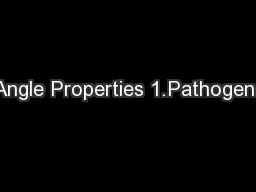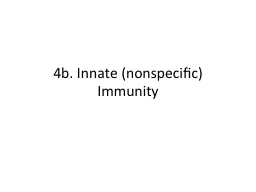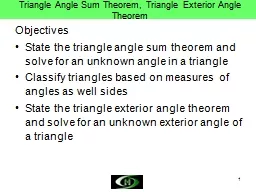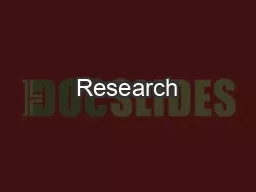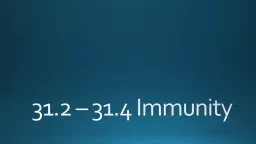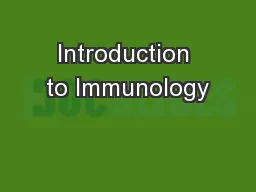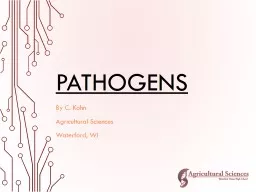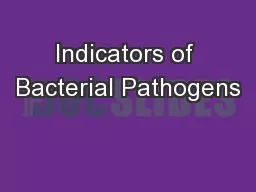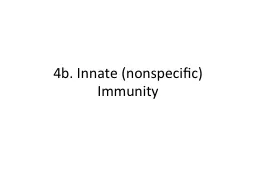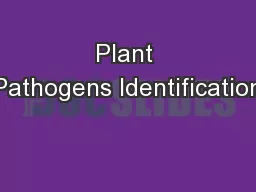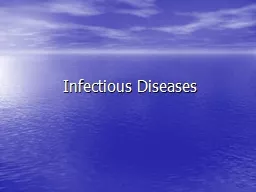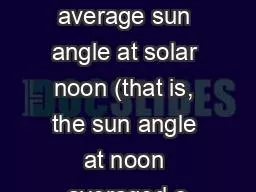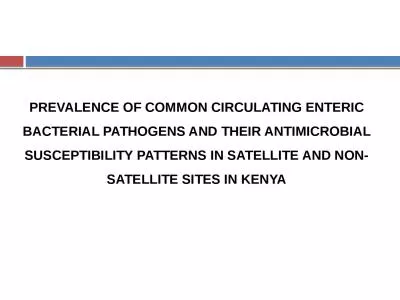PPT-Angle Properties 1.Pathogens
Author : pasty-toler | Published Date : 2018-10-31
Year 9 The Knowledge Science Spring 2 2 Types of Disease Types Bacteria may produce poisons toxins that damage tissues and make us feel ill Virus can only
Presentation Embed Code
Download Presentation
Download Presentation The PPT/PDF document "Angle Properties 1.Pathogens" is the property of its rightful owner. Permission is granted to download and print the materials on this website for personal, non-commercial use only, and to display it on your personal computer provided you do not modify the materials and that you retain all copyright notices contained in the materials. By downloading content from our website, you accept the terms of this agreement.
Angle Properties 1.Pathogens: Transcript
Download Rules Of Document
"Angle Properties 1.Pathogens"The content belongs to its owner. You may download and print it for personal use, without modification, and keep all copyright notices. By downloading, you agree to these terms.
Related Documents

